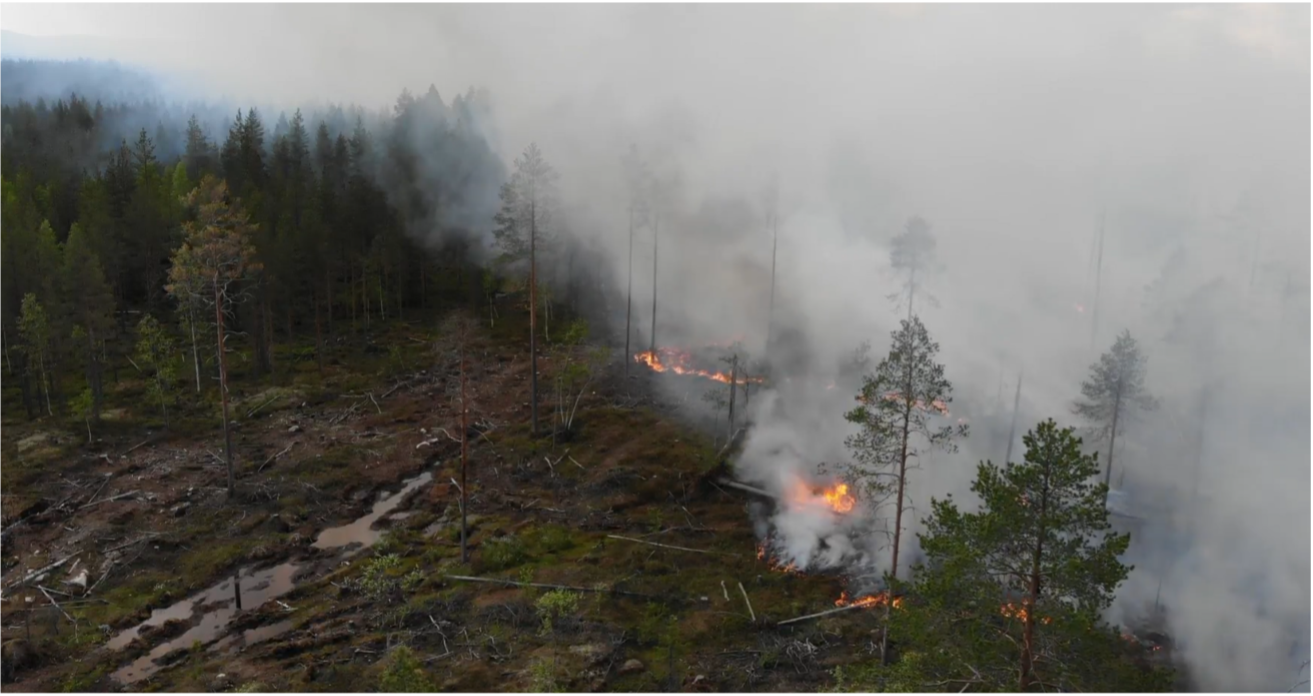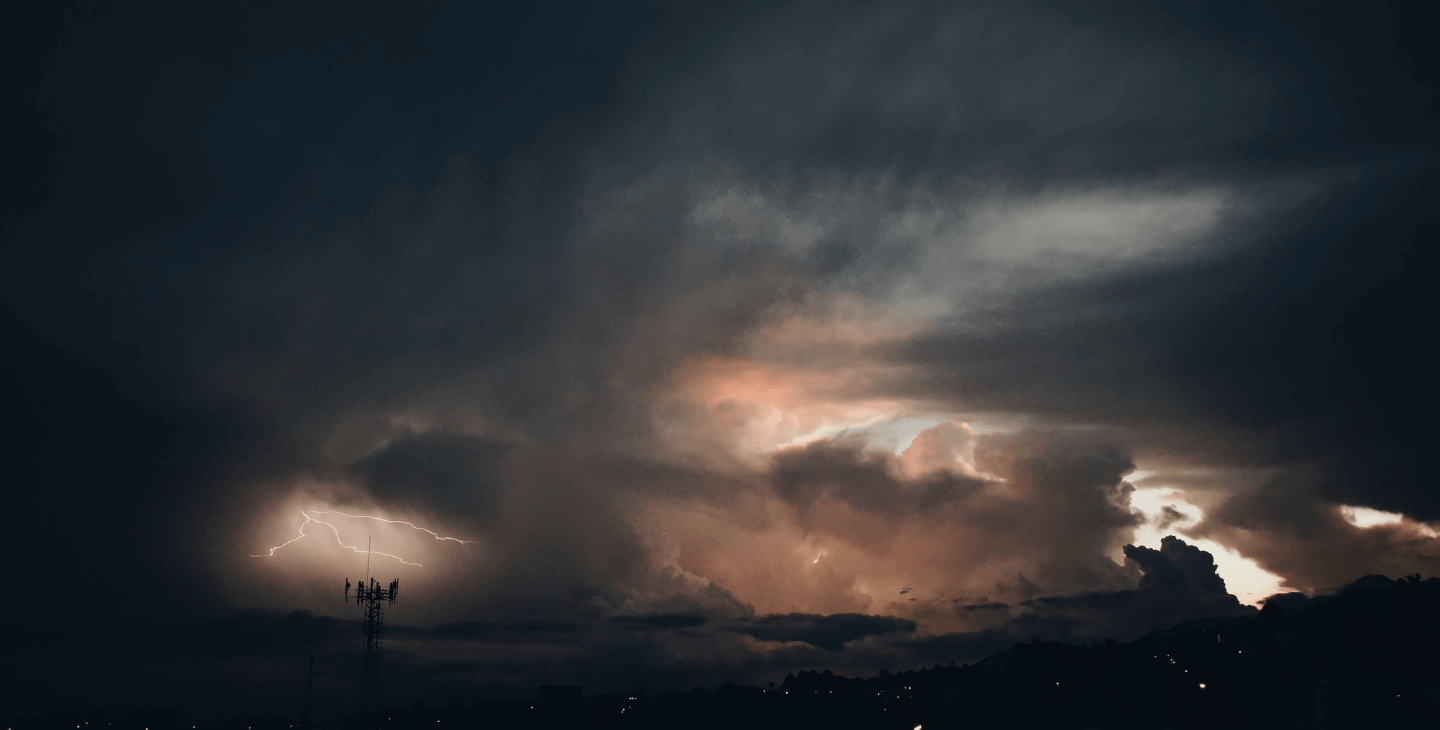Drones and their role in civil protection

21 May 2024
Jaakko Schroderus, Fire Chief at Kainuu Rescue Department
Filip Sever, Project manager at Kajaani University of Applied Sciences
Unmanned aerial vehicles (UAV’s) commonly referred to as drones, are a relatively new part in the work of civil protection. The proliferation of drones and widespread commercial availability has led to a wide adoption across Finnish rescue departments. The low price point of commercially available drones meant that rescue departments can purchase and trial drones at a low cost. Drones provide rescue departments with a number of benefits out of the box, with the possibility to upgrade them and provide further value.
Most of the drones that the rescue departments purchase are lightweight and fit into a small case or backpack. This allows the rescue departments to easily store and transport the drone to where it is needed.
The main task of drones is to carry out aerial reconnaissance. The rescuers receive a live feed from the drone in the air, covering a wide area around the drone operator. This aerial vantage points allows the rescuers to examine the features of the terrain, search for persons, and identify the source of a fire. In Finland, where the majority of the Country is covered by forests, understanding the terrain is critical to the success of the mission. When smoke is spotted, the drone can be used to locate the source of the fire, and to find the closes access roads to reach the site. When the rescue, department is not able to drive close to the fire, the drone provides a vantage point to identify the fastest routes and help in avoiding lakes, swamps, steep terrain and other obstacles. Lastly, when a person is missing or lost, the aerial vantage point aids in the search. Although in forest covered areas, the video camera alone may not suffice.
When a video camera alone is not sufficient, the drone can be equipped with a wide range of additional cameras and sensors to expand its capability. Thermal imaging cameras are useful in search operations to locate persons, not requiring direct visual contact or the light of day.
A less frequently used feature of some drones is the ability to carry and transport items. Although not all drones are capable to carry payloads, some can transport items such as medical supplies, food and water, communications equipment, and other small items.
Beyond the scope of the functionalities that are currently used, the Kainuu Rescue Department (KAHY) will trial a use case through the TEMA project where drones are used to create digital twins of a disaster area and receive fire propagation information. Maps of the area will provide a recent 3D model allowing the mission management team to study and revisit areas within the disaster site. In addition, the mission management team will be aware of the vegetation in the area, elevation, and nearby bodies of water that may serve as a water pumping source in fire extinguishing actions.
In the following months, KAHY will use its drones to collect data to further the technical research within the TEMA project. The collected data will allow the project to study the boreal forests and how drones can be utilized in emergency situations and allow the rescue departments to integrate such solutions into their workflows.
KAHY will make use of the TEMA solutions to both further the opportunities provided by new technical solutions, and trial them for the improvement of their operations in prevention and preparedness against forest fires in Finland.

